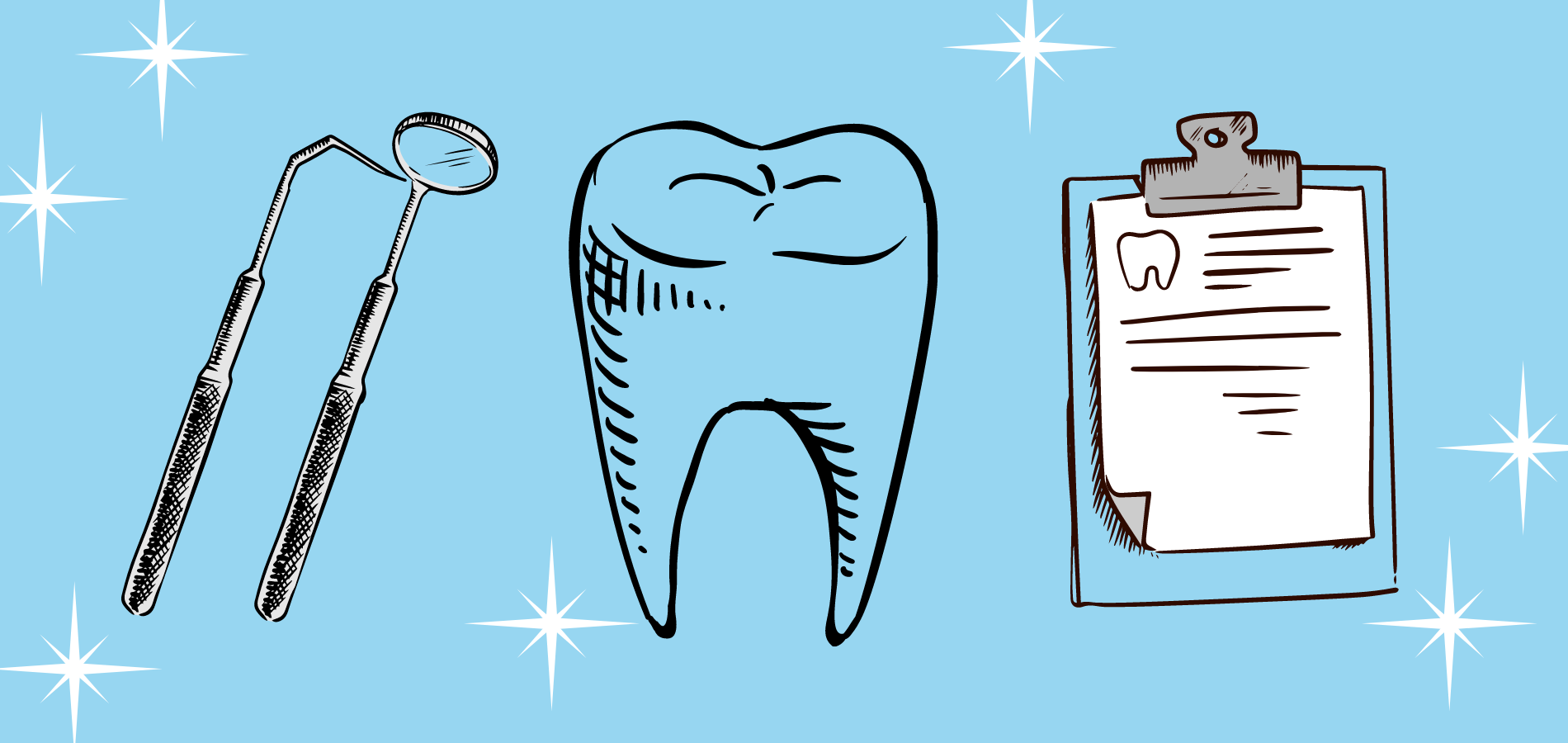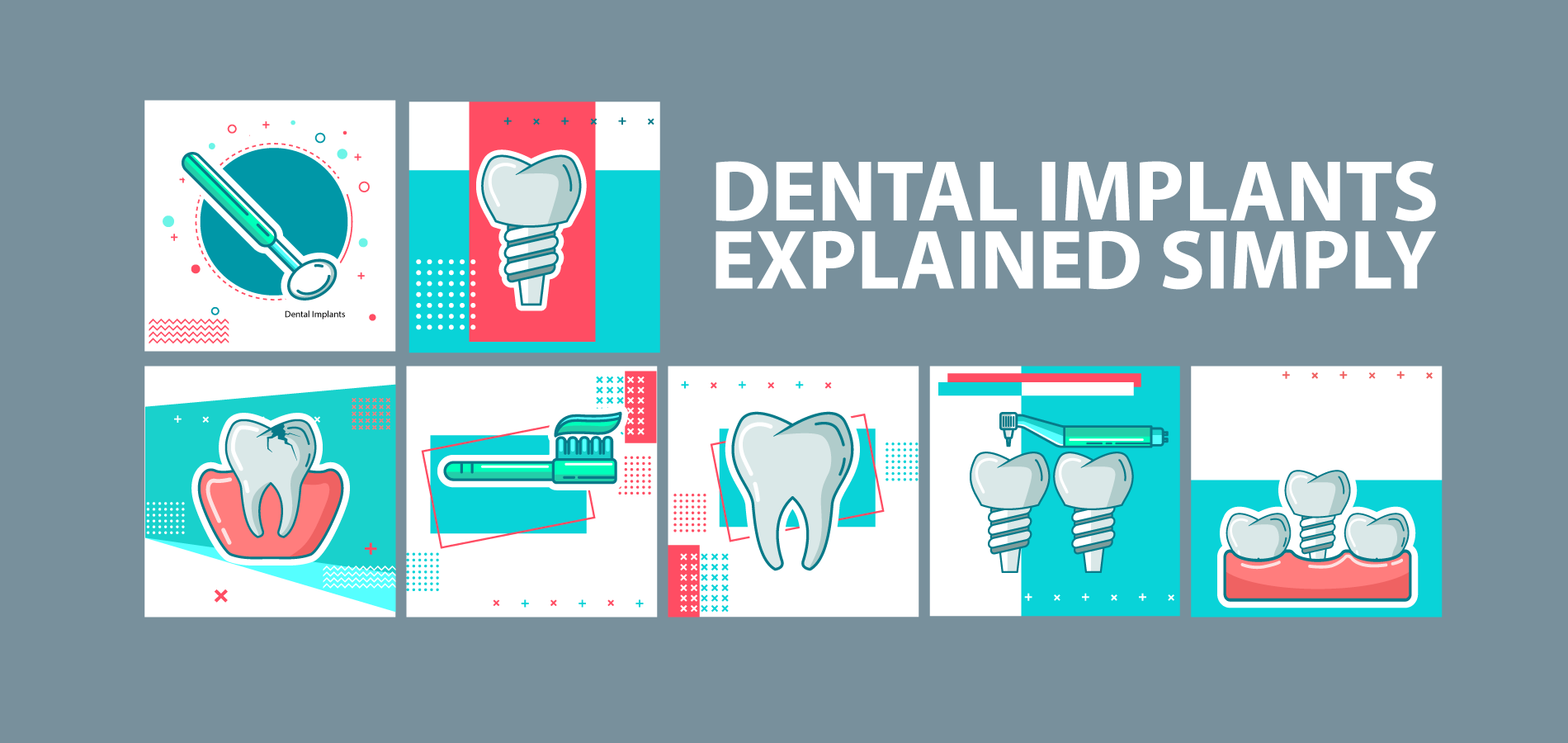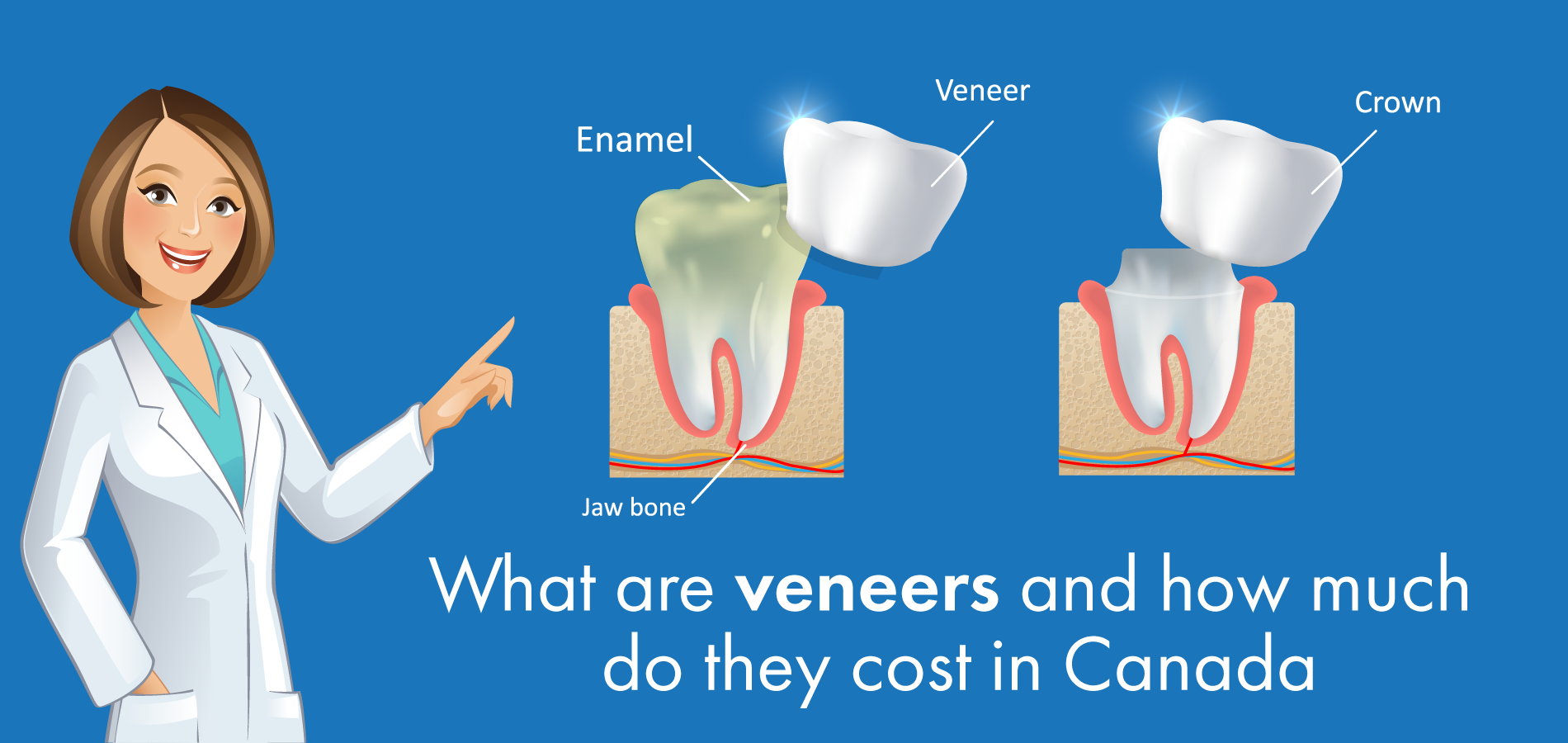Did you know that nearly 120 million Americans are missing at least one tooth? This number of course fluctuates globally, but the reasons for tooth loss vary anywhere from decay or gum disease to injury.
When an adult loses a tooth, dental implants are a safe, long-term solution to replace the missing tooth. At times, part of this process includes a dental graft. This procedure can be completed with an artificial or synthetic dental bone graft.
Basics of Synthetic Dental Bone Grafts
Tooth loss or gum disease are just a couple of the causes for someone to lose one or more of their teeth. When this happens, dental implants can take the place of the missing tooth. In certain cases, a bone graft is needed to provide a strong base for the implant to work properly.
More significant bone loss in the jaw typically requires a major bone graft procedure. The bone graft will stimulate bone growth in order to reshape the jaw and prepare for an implant. This growth is important because any additional bone loss can affect nearby teeth and gums.
The basic stages of a bone graft include:
- The removal of the damaged tooth
- Jawbone gets prepped for surgery
- A synthetic or natural piece of bone gets transplanted into the jaw
Of course, the type of bone graft procedure varies depending on the condition of the jawbone.
Types and Materials
There are five common options by which a bone graft will help the bone heal:
- Xenograft
- Alloplast
- Autograft
- Allograft
- Growth Factors
Of these five, two use synthetic dental bone graft material: alloplast and growth factors. The benefits of using synthetic materials vary. Synthetic grafts require only one treatment, success is well documented, and there is no risk for disease transmission.
Traditional bone grafts require two procedures where bone gets taken from the body and implanted into the jaw.
Minor Treatments
We know that our teeth keep our overall jaw healthy. When we chew, we exert pressure on the alveolar bone which is an adaptive support that helps retain mass and keeps our teeth in place. When we lose teeth, our jawbone no longer receives the necessary stimulation and begins to atrophy.
A jaw that has been stabilized with a bone graft prevents further bone loss. For those with significant loss of bone, major grafts may be required. However, general dental implants require minor in-office procedures.
Minor bone graft treatments may include:
- Socket graft
- Block bone graft
- Sinus lift
Socket grafts and block bone grafts use natural bone material and typically heal within a few months after the procedure. At this point, the dental implant can then be completed.
Big Smiles
Tooth loss and gum disease are no laughing matter. A good dental foundation is not only crucial to the health of your teeth but to your health as a whole. A synthetic dental bone graft is a safe and common procedure used to help prevent atrophy of the jawbone and restore bone mass.





